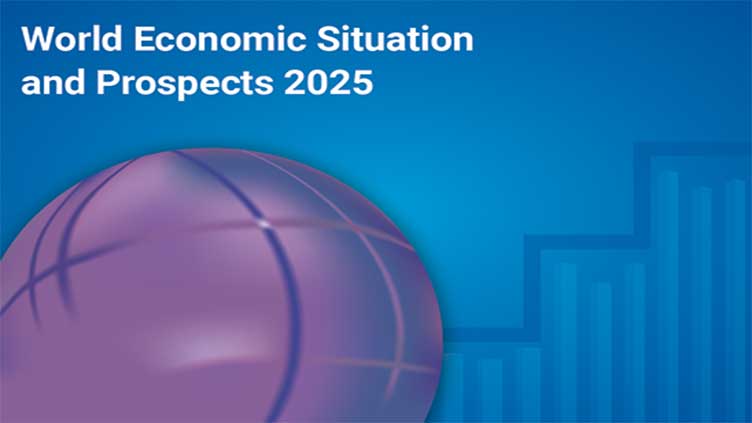UN forecasts Pakistan's GDP growth at 2.3% in 2025

Business
The UN highlights the role of ongoing economic reforms and fiscal consolidation under IMF guidance
(Web Desk) – The United Nations has projected a modest 2.3% growth in Pakistan’s Gross Domestic Product (GDP) for 2025, reflecting early signs of stabilization in the country's economy amid a broader economic rebound across South Asia.
The forecast, detailed in the UN’s “World Economic Situation and Prospects 2025” report, suggests cautious optimism for Pakistan following a period of economic contraction and volatility. According to the report, South Asia is expected to lead global growth with regional GDP projected to expand by 5.7% in 2025 and 6.0% in 2026.
The report attributes this regional recovery, in part, to easing inflation, which has enabled central banks across South Asia to adopt more accommodative monetary policies — providing essential relief to economies still facing fiscal pressures.
For Pakistan specifically, the UN highlights the role of ongoing economic reforms and fiscal consolidation under International Monetary Fund (IMF) guidance. The IMF-supported programmes are focused on enhancing economic governance, managing public debt, and restoring investor confidence.
Despite these positive developments, the global economic outlook remains uncertain. The UN warns of growing challenges including geopolitical tensions, rising protectionism, and increasing global trade barriers. Recent tariff hikes, especially by the United States, have disrupted global supply chains and pushed up production costs, contributing to financial market volatility.
As a result, global GDP growth is now forecast to slow to 2.4% in 2025, down from 2.9% in 2024 and revised downward by 0.4 percentage points from the UN’s January estimate. The slowdown is expected to impact major economies including the US, where growth is projected to decline from 2.8% in 2024 to 1.6% in 2025, and the European Union, which is likely to see stagnation with only 1.0% growth amid weak exports and subdued investment.
China, the world’s second-largest economy, is also expected to see slower growth at 4.6% in 2025, due to ongoing consumer weakness, disruptions in manufacturing, and a persistent real estate crisis.
While Pakistan’s projected 2.3% growth may seem modest in comparison, it marks a step towards recovery. Continued structural reforms and prudent macroeconomic management will be critical in sustaining progress and building economic resilience in the years ahead.


